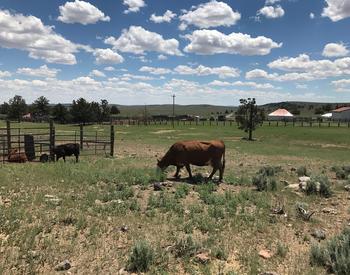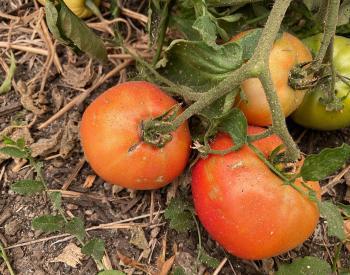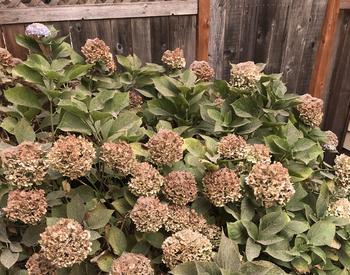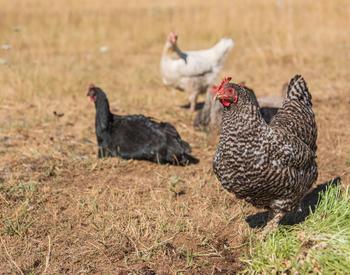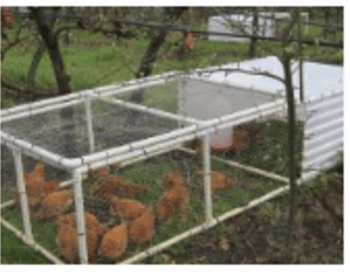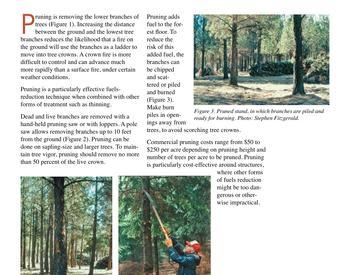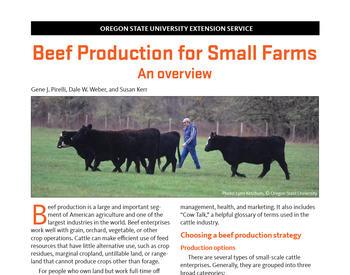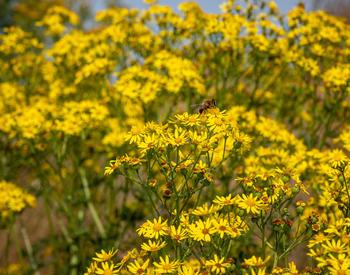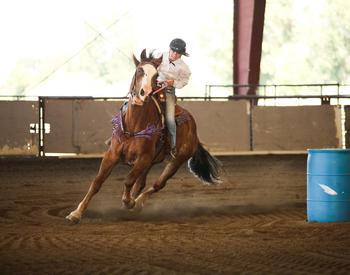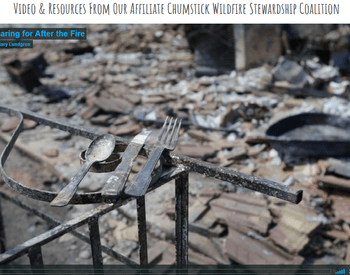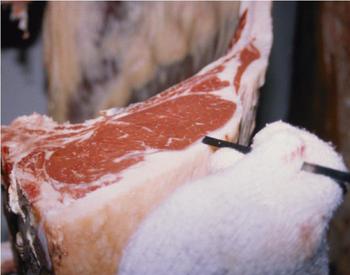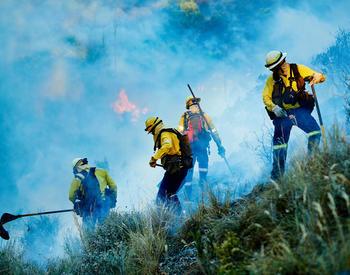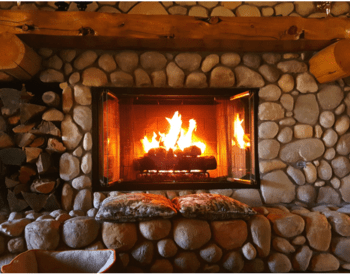Tens of thousands of wildfires burn millions of acres every year in the United States, according to the Congressional Research Service. According to the National Interagency Fire Center (NIFC) in 2020, approximately 58,950 wildfires were reported in 2020 and 58,985 wildfires reported in 2021; resulting in 7,125,643 acres burned nationally in 2021, compared to 10,122,336 acres in 2020. The resultant smoke, particulates and byproducts (such as ash) expose many humans and animals to injuries from unhealthy air. (The air quality can be determined by the U.S. Air Quality Index, which can be easily assessed at the government site AirNow.)
The composition of smoke depends on the nature of its fuel – different types of wood, vegetation, plastics, construction material, etc. However, smoke is mostly made up of carbon dioxide, carbon monoxide, particulate matter, soot, hydrocarbons and other organic substances including nitrogen oxides and trace minerals. According to the U.S. Environmental Protection Agency, particulate matter — a mixture of solid particles and liquid droplets found in the air — is the principal public health threat from short- and longer-term exposure to wildfire smoke.
While particles from wildfire smoke can vary in size, approximately 90% of total particle mass emitted from wildfires consists of fine particles (i.e., PM2.5, particles 2.5 μm in diameter or smaller). The effects of particulate matter exposure on humans and animals range from eye and respiratory tract irritation to more serious disorders including reduced lung function, bronchitis, exacerbation of asthma, heart failure and premature death.
Common signs of possible smoke or dust irritation in animals
According to the American Veterinary Medical Association (AVMA), animals with cardiovascular or respiratory disease (as observed in humans) are especially at risk from smoke and should be closely watched during all periods of poor air quality resulting from wildfires. Regardless of previous health conditions, the list below presents the most common signs of possible smoke or dust irritation in animals.
If any of your animals experience any of these signs following exposure to wildfire smoke, please consult your veterinarian:
- Coughing or gagging.
- Difficulty breathing, including open mouth breathing and increased noise when breathing.
- Eye irritation and excessive watering.
- Inflammation of throat or mouth.
- Nasal discharge.
- Asthma-like symptoms.
- Increased breathing rate.
- Fatigue or weakness.
- Disorientation or stumbling.
- Reduced appetite and/or thirst.
During and after animal exposure to wildfire smoke
Limit exercise, especially if smoke is still visible. Reduce animal exercise as much as possible in order to reduce the airflow into the lungs of poor air quality, which can lead to lung damage. This is especially important for horses due to their huge lung capacity.
A study conducted in Calgary, Canada, after the 2018 wildfires, evaluated the impact of poor air quality on exercise performance in polo horses. After performing lung washes, researchers reported that every horse in the study showed inflammation of the respiratory tract. Further, a reduction in performance was observed, which was only improved after 2½ weeks of improved air quality. Horses had a 15% increase in speed, as well as a 13.2% VO2max, compared to those measures on the first day of improved air quality.
Provide animals with plenty of fresh water, which should be strategically located near feeding areas. Proper water intake is important to keep the airways moist and facilitates clearance of inhaled particulate matter.
Dry airways allow particulate matter to remain in the lung and airways, which can potentially worsen the symptoms of smoke exposure, and eventually lead to opportunistic infections caused by bacteria, as respiratory defense mechanisms are compromised. Therefore, it's also important to limit dust exposure by feeding low or dust-free feeds. When possible, sprinkle or mist water on animal facilities, pens and stalls to reduce dust particles.
Birds have a breathing system that's different from other mammals. It is characterized by unidirectional airflow and cross-current gas exchange, which makes them more susceptible to exposure to wildfire smoke. When possible, move birds indoors (but in a room with good ventilation) or to locations with better air quality to help reduce complications due to wildfire smoke exposure.
Similarly, pets should be kept indoors to reduce the exposure to wildfire smoke. Dog owners should reduce the time spent outdoors and limit physical activities. For dogs that must be walked or exercised outdoors, owners should look for times of the day when smoke and dust settle, and heat is not at its peak. Further, moderate to intense exercise should be reduced when there is a high or very high-risk rating (AQI exceeding 100).
It is important to remember that some dog breeds (brachycephalic breeds or flat-faced) such as bulldogs, Shih Tzus and pugs are more susceptible to smoke due to their facial anatomy and will require extra attention.
Injury from smoke inhalation has been shown to be dose dependent, with potential for both immediate and long-term harmful effects to the respiratory system. After wildfire smoke exposure, allow animals a long time for recovery, as airway damage resulting from wildfire smoke can take four to six weeks to heal. Particularly for livestock, the attempt to handle, move or transport may aggravate observed conditions or delay the healing process, compromising even more the future performance of the animal.
Quality of water and forages after wildfires
In addition to the risks posed by fire and smoke, ashes can often land on livestock feed and water sources, making producers concerned about the quality of water and forages after wildfires.
After the 2018 Camp Fire in California, University of California Cooperative Extension conducted a study to evaluate the quality of forage samples and livestock drinking water at Butte County, a region affected during the 2018 wildfires. The researchers observed that:
- Of the forages analyzed, all detectable minerals were well below maximum tolerable levels established for cattle by the National Research Consortium (2005).
- There was no detection of lead, mercury, arsenic, molybdenum or cadmium (heavy metals).
- No detection of any organic compounds belonging to diverse chemical classes (e.g., pesticides, environmental contaminants, drugs and other natural products).
- In the drinking water samples tested, all detectable minerals were below safe concentration limits as established by EPA.
- There was no detection of heavy metals or volatile organic compounds.
The authors conclude that the toxicology analysis showed that concentrations were unremarkable for livestock forage and water samples taken in the Camp Fire region. However, sending water and feed samples for analysis after a wildfire is advised before offering it to livestock.
Wildfires will happen every year. The best way to protect your family and animals is to be prepared. Have an evacuation plan ready and follow the official guidelines provided. The health condition of an animal that has been burned or exposed to smoke can change drastically in the days and weeks following a wildfire. During the days after a wildfire, it is important to keep track of feeding habits. Not eating and/or drinking, or going off-feed, is an indicator of possible pain or sickness. Therefore, it is important to contact a veterinarian to determine the best path forward as animals might differ in the level and type of treatment required.
Tips and resources
Quick tips from AMVA to protect livestock
- Limit exercise when smoke is visible. Especially do not require animals to perform activities that substantively increase airflow into and out of the lungs.
- Provide plenty of fresh water near feeding areas.
- Limit dust exposure by feeding low-dust or dust-free feeds and sprinkle or mist water on livestock holding areas.
- Plan to give livestock four to six weeks to recuperate after the air quality returns to normal. Attempting to handle, move or transport livestock may delay healing and compromise animals’ performance.
- Have a livestock evacuation plan ready in advance (see AMVA publication Large Animals and Livestock in Disasters). If you don't have enough trailers to quickly transport all of your animals, contact neighbors, local haulers, farmers, producers or other transportation providers to establish a network of reliable resources that can provide transportation in the event you need to evacuate your animals.
- Good barn and field maintenance can reduce fire danger for horses and other livestock. Make sure barns and other structures are stable, promptly remove dead trees, clear brush and maintain a defensible space around structures.
Quick tips from AMVA to protect pets
- Keep pets indoors as much as possible, and keep your windows shut.
- Birds are particularly susceptible and should not be allowed outside when smoke or particulate matter are present.
- Let dogs and cats outside only for brief bathroom breaks if air quality alerts are in effect.
- Avoid intense outdoor exercise during periods of poor air quality. Exercise pets when dust and smoke has settled.
- Have a pet evacuation kit ready and include your animals in your disaster preparedness planning (see AMVA publication Pets and Disasters).
Useful websites
- Wildfires, Smoke and Livestock
- Wildfire Smoke and Animals
- Protect Your Pets From Wildfire Smoke
- Protect Your Large Animals and Livestock from Wildfire Smoke
- Wildfire Preparedness for Horse Owners
- Wildfire Aftermath: Beef Cattle Health Considerations
- Large Animals and Livestock in Disasters
- Pets and Disasters
- Caring for Livestock Before Disaster
- Caring for Livestock During Disaster
- Caring for Livestock After Disaster
-
References
Bond, S. L. 2019. Mild Equine Asthma: Effects of Commonly Used Treatments on the Respiratory Microbiota, Inflammatory Gene Expression, and Aerobic Performance during High-Intensity Exercise. University of Calgary.
Cox, R. A., A. S. Burke, K. Soejima, K. Murakami, J. Katahira, L. D. Traber, D. N. Herndon, F. C. Schmalstieg, D. L. Traber, and H. K. Hawkins. 2003. Airway obstruction in sheep with burn and smoke inhalation injuries. Am. J. Respir. Cell Mol. Biol. 29:295–302. doi:10.1165/rcmb.4860.
Hoover, K., and A. L. Hanson. 2020. Wildfire Statistics. Congr. Res. Serv. 1–3.
Kuehn, N. F. 2013. Overview of Respiratory Diseases of Small Animals - Respiratory System.
Madigan, J., D. Wilson, and C. Stull. 2008. Wildfires, Smoke and Livestock.
National Research Consortium. 2005. Mineral Tolerance of Animals: Second Revised Edition.
Park, M. S., L. C. Cancio, B. S. Jordan, W. W. Brinkley, V. R. Rivera, and M. A. Dubick. 2004. Assessment of oxidative stress in lungs from sheep after inhalation of wood smoke. Toxicology. 195:97–112. doi:10.1016/j.tox.2003.09.005.
Schohr, T., L. Forero, J. Davy, D. Lile, J. Stackhouse, D. Macon, J. Harper, and B. Karle. 2019. Camp Fire Implication on Livestock Grazing.
Stone, S., L. Anderko, M. Berger, C. Butler, and W. Cascio. 2019. Wildfire Smoke: A Guide for Public Health Officials. EPA Office of Research and Development, Washington, DC, EPA/452/R-19/901, 2019.
